Natural hydrogen: going for gold?
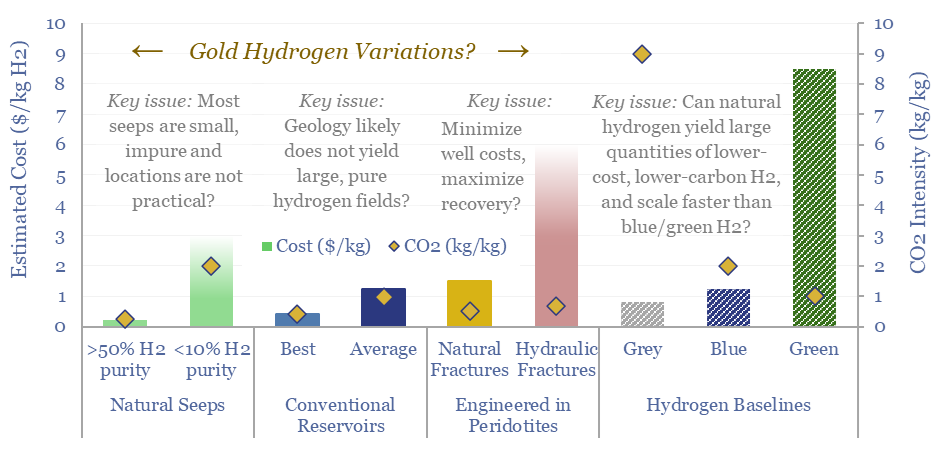
…what if gold hydrogen could be recovered from the subsurface of the Earth, analogous to the development of natural gas? Could the volumes, costs and CO2 intensities re-shape the future…

…what if gold hydrogen could be recovered from the subsurface of the Earth, analogous to the development of natural gas? Could the volumes, costs and CO2 intensities re-shape the future…
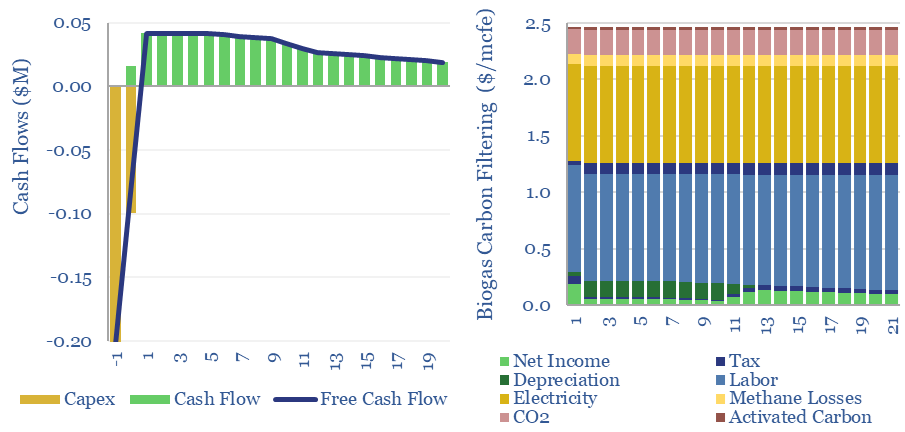
…facilities. It is important to remove the most harmful impurities before combusting biogas, while to make biogas fully fungible with natural gas, and blendable into pipelines, it should be upgraded…
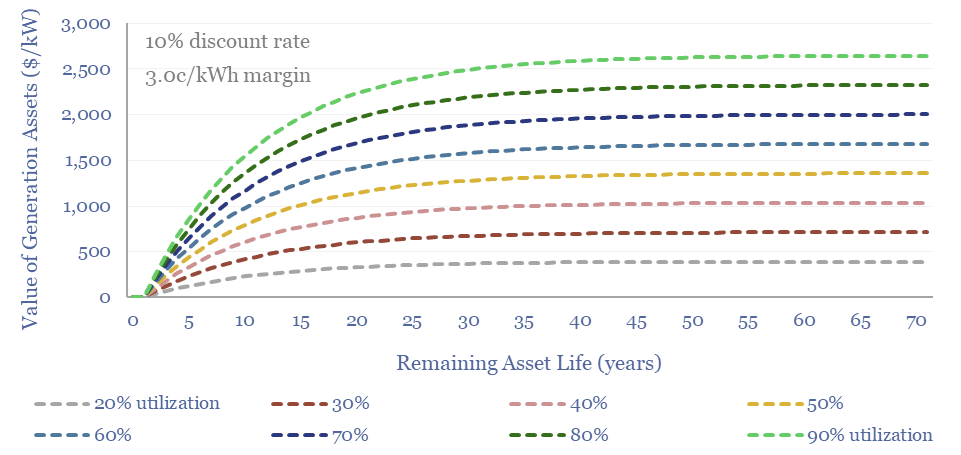
…by NPV calculations for onshore wind, offshore wind, solar, hydro, nuclear, gas CCGTs, gas peakers, coal, biomass and diesel gensets. A good general ballpark for the fair value of any…
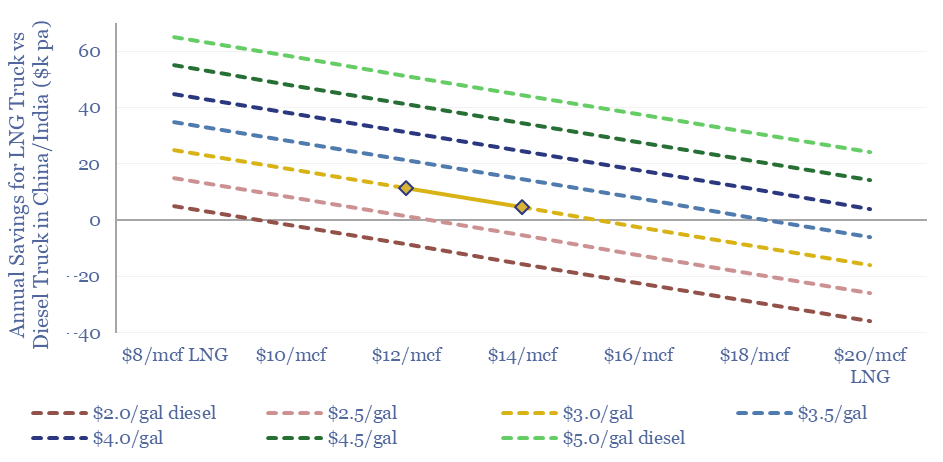
…are higher in the US or Europe, they are lower in China or India. A sensitivity analysis is given on page 5. Other advantages for gas-powered trucks are spurring adoption…

…have elevated capital costs by 4-7% for oil and by c25% for coal, compared with the early 2010s. One consequence will be to concentrate capital into renewables, gas, and shorter-cycle oil projects…
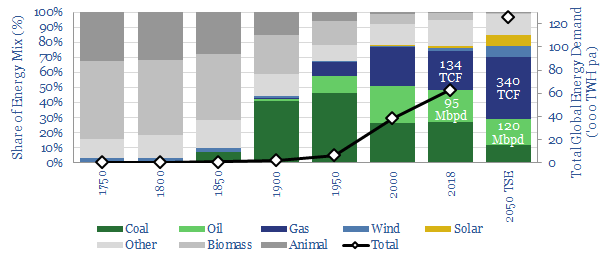
…for >20Mbpd of Permian production, for natural gas to treble, for ‘digital’ to double Oil Major FCF, and for the emergence of new, multi-billion dollar companies and sub-industries amidst the…
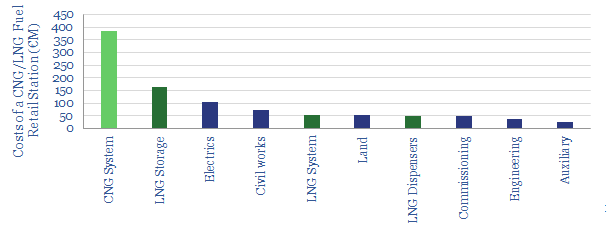
…€1M/site. Effectively, this is a $250/tpa re-gasification plant. Overall, we estimate distributing LNG to road-consumers will add $10/mcf to the costs of gas-fuel. Around 30% of the capex costs are…
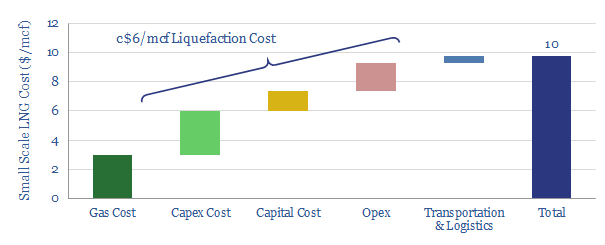
Cutting-edge LNG technologies can deliver 15% pre-tax IRRs, taking in $3/mcf gas and selling $10/mcf LNG: even after scaling down to nano-sized 4kTpa units. This data-file shows our workings, across…
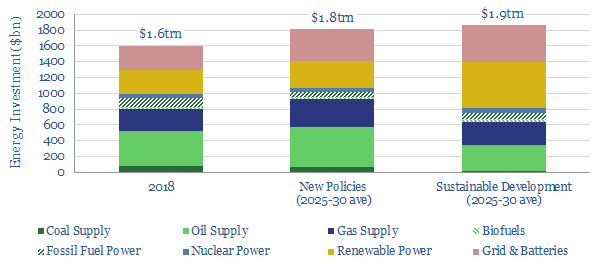
…meet future demand in 2025-30– whether emissions are tackled or not. The need for oil investment is most uncertain. More gas investment is needed in any scenario. And renewables investment…
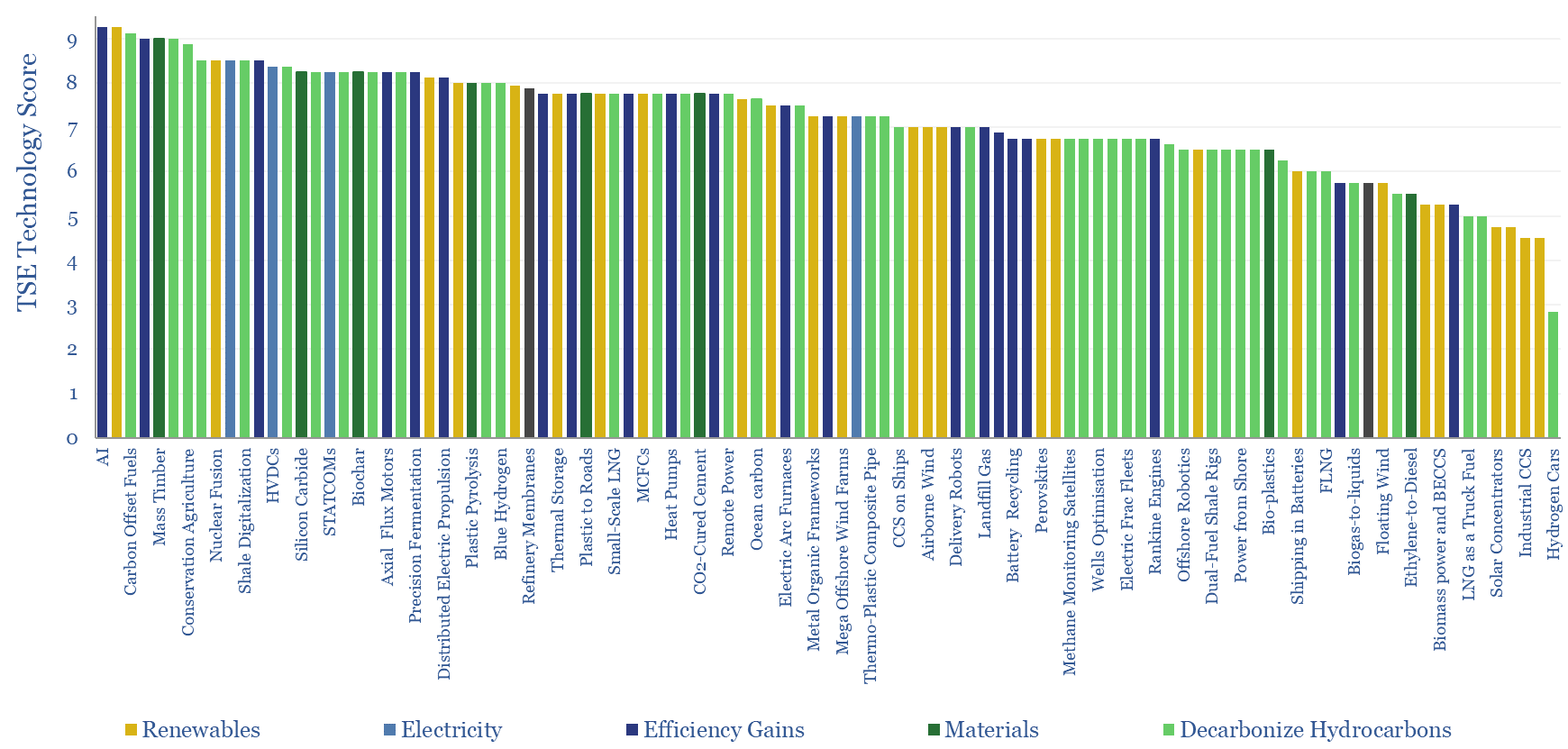
…with less’ (electric vehicles, electrification, power-electronics, advanced materials, advanced manufacturing), switching coal to gas and LNG (50-60% lower CO2 per MWH), carbon capture and storage (CCS, blue hydrogen, CO2-EOR, CO2-to-materials)…